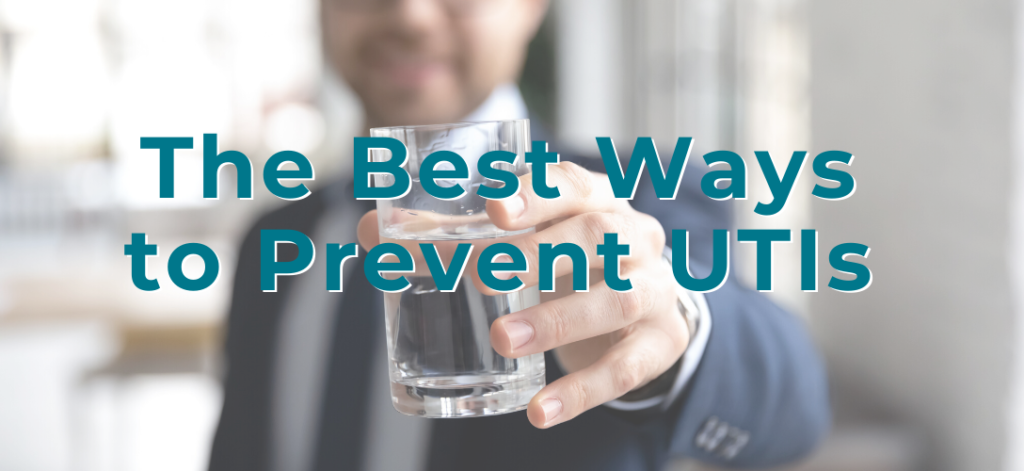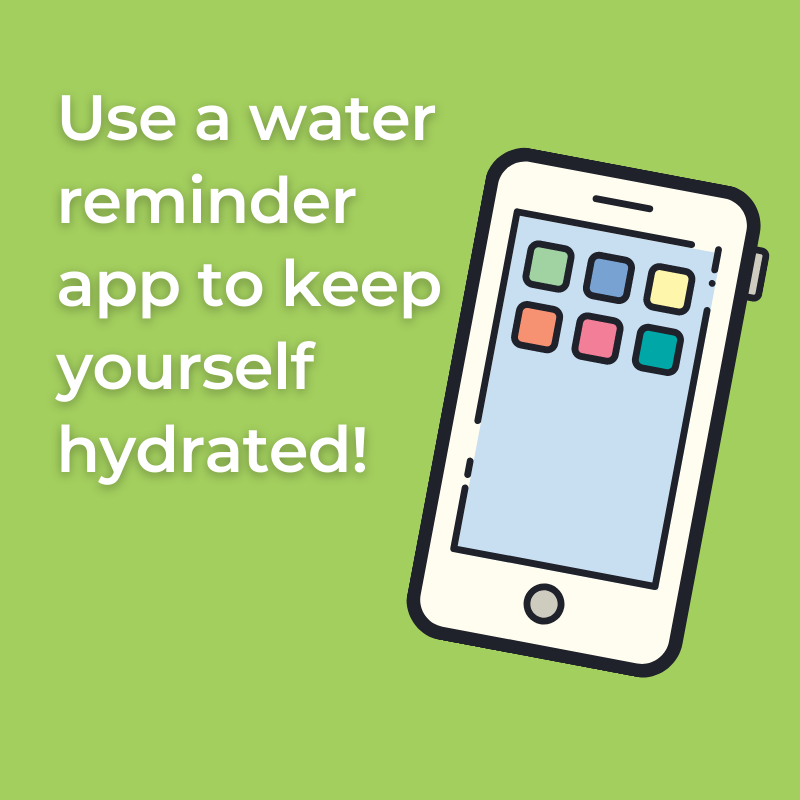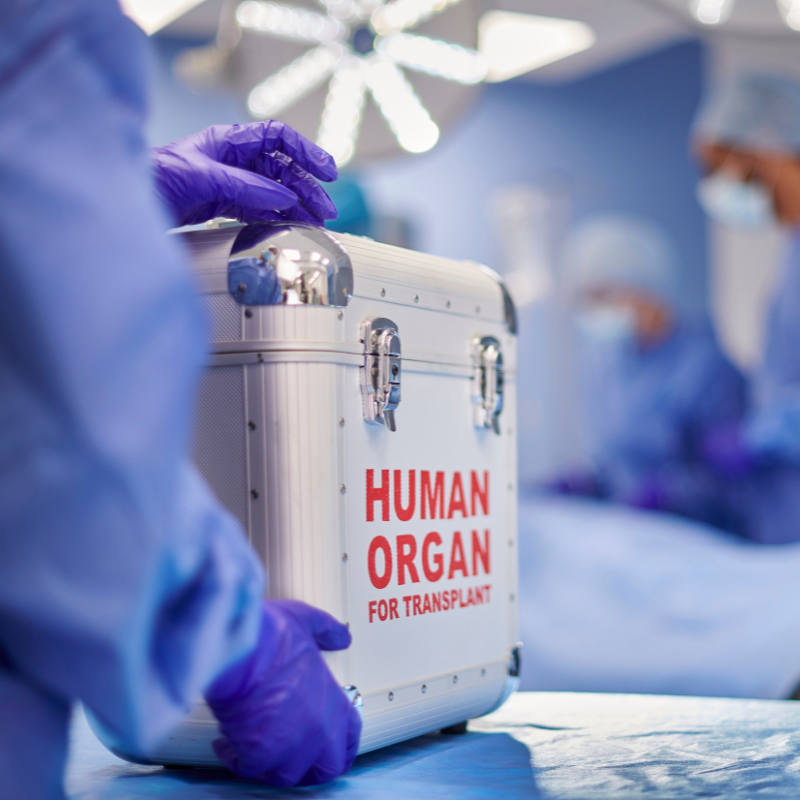
Published on October 5, 2021 | Anyone can get a urinary tract infection (UTI), but having PKD can increase your risk of UTIs. One reason is that kidney cysts are prone to infection, allowing bacteria to build up and affect the urinary tract.
Symptoms of UTIs include pain or a burning sensation when you urinate and an urgent need to pass often small amounts of urine. If the infection spreads to the kidneys, you may experience fever, chills, and back pain.
Takamitsu Saigusa, M.D., a nephrologist at the University of Alabama at Birmingham, offers these tips for preventing UTIs.

Stay hydrated
Drink plenty of water and other fluids. The goal is to make sure your urine is light yellow or clear, not dark. Dr. Saigusa suggests setting a timer for every couple of hours to remind yourself to drink. (There’s no evidence that cranberry juice is better than any other beverage at preventing UTIs.)
Practice good hygiene
Most UTIs are caused by fecal bacteria. And because women have shorter urethras that are closer to the anus, they’re more prone to UTIs than men. Keep the genital area clean, and always wipe from front to back. Dr. Saigusa also recommends using an affordable bidet toilet seat that can be attached to the toilet. It is also a good idea to wear cotton underwear, which provides optimal ventilation to the genital area.
Urinate right after intercourse
This will flush out any bacteria that may have entered the urethra. Tell your doctor as soon as you notice symptoms of a UTI so you can start treatment as soon as possible.
Want to see more articles like this? Read the full issue of our magazine, PKD Life, and subscribe to future issues here.









When getting an UTI, I have been prescribed Cipro. Is that the best antibiotic for a PKD patient? I am in stage 4.
Unfortunately, we can not give out specific medical advice. We highly recommend that you contact your health care provider to ensure you get the right information for your situation.